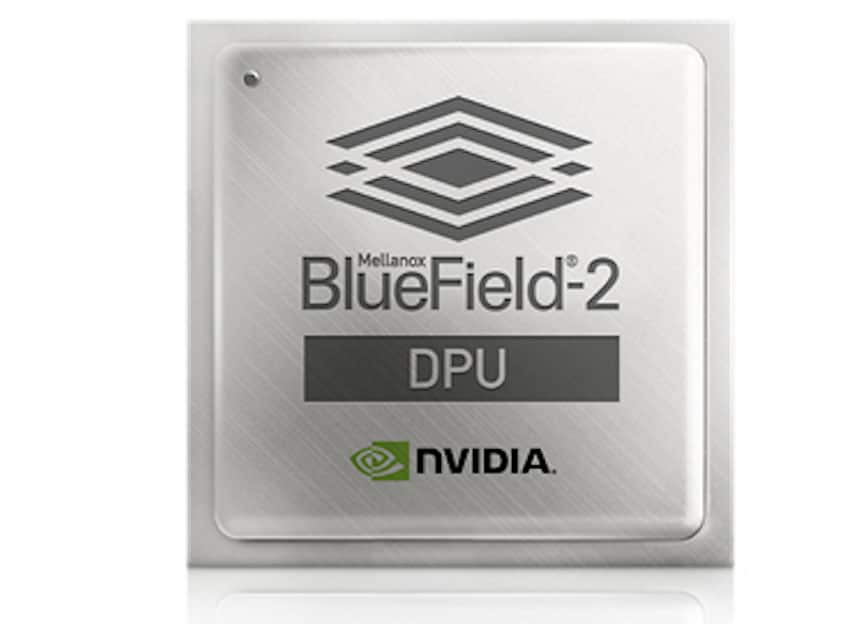NVIDIA has slowly but surely dominated the enterprise GPU market. In recent years, GPUs have become increasingly important and sit right alongside the CPU in necessity. NVIDIA last year introduced a new processing unit with the data processing unit or DPU. Where going to look at the three here to see what’s the difference and why one may need more of one or all three.

The central processing unit (CPU) is the oldest and most well-known of the processing units. The CPU, or oftentimes just referred to as “the processor,” has been in use since the 1950s. Often thought of as a type of brain to computers (or anything using compute power), for the longest time these processing units were the only programmable element in the above devices. While they are continuing to get faster and faster, other processing units were needed for the changing landscape in information technology.
Enter the graphics processing unit (GPU). Initially, the GPU was designed to work independently of the CPU to manipulate memory and render images (graphics) for display output. GPUs were, and to most extents still are, heavily used in video games. NVIDIA is most well-known for its GPUs and its businesses in video games, automotive electronics, and mobile devices. In the enterprise, NVIDIA has been leveraging its GPU power for AI workloads. GPUs’ parallel processing capabilities make them ideal for accelerated computing tasks of all kinds.
What is an NVIDIA DPU?
The above is just a quick look trying to wrap broad topics up in a nutshell. There are much more depth and nuance of both CPUs and GPUs that can fill books, and has. While the two above are the most well-known, there is a third type of processing unit that is fairly new on the scene, the DPU.
One of the earliest mentions of DPUs from us was when VMware Project Monterey was announced. The CPU is the brain that does general-purpose computing, the GPU now accelerates computing, and the new DPU is designed to process data that gets moved around the data center. According to NVIDIA, the DPU will be a System on a Chip that is a combination of the following:
- Industry-standard, high-performance, software-programmable multi-core CPU
- High-performance network interface
- Flexible and programmable acceleration engines
The above characteristics are necessary to enable an isolated, bare-metal, cloud-native computing platform, which, according to the company, will define the next generation of cloud-scale computing. While DPUs are stand-alone processors like CPUs and GPUs, they are more commonly embedded on SmartNICs as is the case with the Project Monterey work with VMware. NVIDIA’s BlueField DPUs are combined on the ConnectX network adaptor. Currently, NVIDIA is offering the NVIDIA BlueField-2 DPU and the NVIDIA BlueField-2X AI-Powered DPU.




 Amazon
Amazon